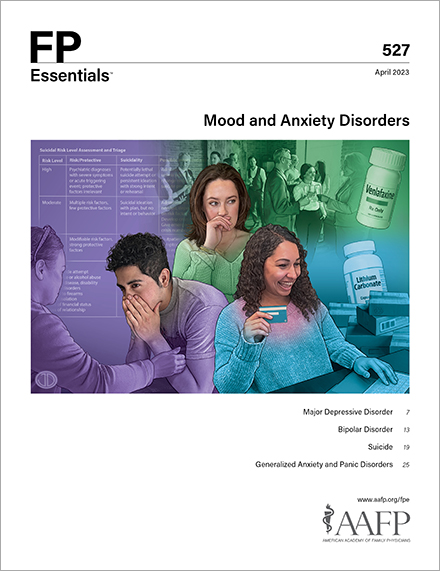How EXACTLY is your doctor ensuring you don't lose 33% fewer years? Note the term 'management'; NOT RESULTS OR RECOVERY!
Long-Term Poststroke Management
It is estimated that after stroke patients live 33% fewer remaining years compared with age- and sex-matched controls. Functional recovery after stroke depends on many factors, including age, functional status before stroke, stroke severity, and comorbidities. The purpose of rehabilitation services is to improve functional status. All patients with stroke should undergo a formal assessment of rehabilitation needs before hospital discharge. Types of rehabilitation include inpatient, subacute, and home health care. Primary care of patients after stroke focuses on secondary stroke prevention, including antiplatelet therapy, hypertension and hyperlipidemia management, diet, and glycemic control. In patients with ischemic stroke and no contraindications, dual antiplatelet therapy with aspirin and clopidogrel is recommended for 21 to 90 days after stroke, but not longer. A blood pressure goal of less than 130/80 mm Hg is recommended for most patients. For most patients with diabetes, a goal A1c level of 7% or less is reasonable. Diabetes management should include a glucagon-like peptide 1 receptor agonist or sodium-dependent glucose cotransporter 2 inhibitor. Various tests, drugs, and screenings are indicated for patients with specific hypercoagulable states (eg, coagulopathies, antiphospholipid syndrome, occult malignancy, hormone therapy). Poststroke follow-up should address sequelae, such as fatigue, depression, contracture and spasticity, hemiplegic shoulder pain, and central poststroke pain.
Case 1, cont’d. After hospital discharge, MB had a short stay in an inpatient rehabilitation facility and was later discharged home. On a follow-up visit in your office, she wants to discuss how she can prevent future strokes, as well as deal with the effects of the stroke she had.
Prognosis
Life expectancy after a stroke varies by degree of infarct. Using data from 1999-2009, it has been estimated that patients with stroke live 33% fewer remaining years (95% CI =30.9%-34.7%), with a 31.6% greater proportion of remaining life with disability, compared with age- and sex-matched controls.89 Calculations on estimated life expectancy using a functional scale, such as the modified Rankin Scale (mRS), age, and sex, can help predict rehabilitation outcomes.90
Clinicians are poor at judging the degree to which a specific patient is likely to recover.1 Functional recovery after stroke depends on many factors, including age, functional status before the stroke, stroke severity, and comorbidities.(So, planning ahead for the excuses you'll use for failing your patients in not getting to 100% recovery. I'd be fired in no time if I planned excuses ahead of time for failure at my job!)
Rehabilitation
The purpose of rehabilitation services is to improve functional status in patients with stroke. The American Heart Association/American Stroke Association (AHA/ASA) guidelines on adult stroke rehabilitation and recovery recommend that all patients undergo a formal assessment of rehabilitation needs before hospital discharge.74 This assessment often is performed by an interdisciplinary team that includes an occupational therapist, physical therapist, and speech-language pathologist, among others. Their assessments, along with such factors as family support, help determine the appropriate level of care after discharge. This may include home without further services, home with home rehabilitation services, inpatient rehabilitation, or subacute rehabilitation.
Continue Reading
Copyright © 2022 by the American Academy of Family Physicians.
This content is owned by the AAFP. A person viewing it online may make one printout of the material and may use that printout only for his or her personal, non-commercial reference. This material may not otherwise be downloaded, copied, printed, stored, transmitted or reproduced in any medium, whether now known or later invented, except as authorized in writing by the AAFP. See permissions for copyright questions and/or permission requests.


No comments:
Post a Comment